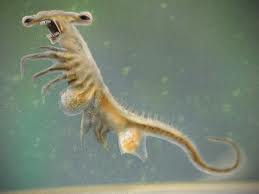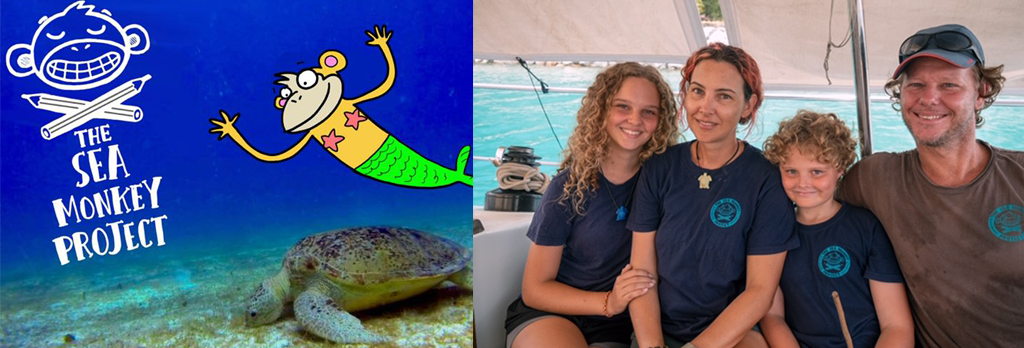

The new name von Braunhut came up with was the much more marketable “Sea-Monkeys,” which he justified by claiming the creatures’ tails made them look like monkeys who lived in water.

The impetus for this change was largely due to the perceived association of his product with the recently failed and unreliable Wham-O product, Instant Fish. If one was lazy and simply didn’t clean the container, the brine shrimp could also happily feed off the algae growing in their home.Īlthough, as noted, von Braunhut originally marketed the product as “Instant Life,” in 1962 he decided to change the name. To maintain the brine shrimp, every few days a little more food was added from a packet labeled “Growth Food,” consisting of more yeast and spirulina. If one kept to the instructed schedule, not long after this second packet was added, the eggs from the first packet would hatch, giving the appearance of “instant life.” This second packet contained more eggs, borax, salt, soda and some other food for the brine shrimp. After emptying this first packet into the water, the instructions indicated to wait 24 hours before adding the second packet, labeled “Instant Life Eggs”. The inclusion of the eggs in the so-called “Water Purifier” was so that the illusion of “instant life” could be kept. First, a packet of “Water Purifier” containing salt, water conditioner and brine shrimp eggs was to be added to tap water. More than just fiddling with the brine shrimp, von Braunhut and D’Agostino also developed a two-step system to ensure the best possible habitat for the creatures once they arrived at the customer’s doorstep. Working at Montauk’s New York Ocean Science Laboratory, they eventually named their hybrid Artemia NYOS. Anthony D’Agostino, a marine biologist, to produce a resilient, hybrid shrimp that could withstand the rigors of the 20th century mail order marketplace.

To get around such issues on his own product, von Braunhut enlisted the aid of one Dr. However, due to their inability to produce a sufficient number of the eggs to make the product commercially viable, combined with issues with quality control (many of the eggs never hatched), they ended up having to stop producing the novelty pet item. For their product, Wham-O simply sold packets of mud that contained some of these eggs. If the lake or river then dries out, the eggs are able to survive and stay dormant until the following rainy season when the water is restored. These particular creatures lay their eggs in the mud of rivers and lakes. Not alone, at about this same time Wham-O floated a comparable product using African killifish, which they called Instant Fish. After witnessing the success of the ant farms marketed by Milton Levine, von Braunhut came up with the idea for selling brine shrimp in a similar pet kit, which he initially marketed as Instant Life. This brings us to 1957 and a man named Harold von Braunhut, who throughout his lifetime invented such famous novelty items as X-ray glasses, Crazy Crabs, and Invisible Goldfish (guaranteed to never appear in the fish bowl that came with the kit- incidentally, never, ever put goldfish in a little fish bowl). Remarkably, when the eggs are in this metabolically inactive state, in certain conditions the eggs can survive temperatures as low as just 83☌ above absolute zero and temperatures slightly above the boiling point of water at sea level. When female brine shrimp produce eggs (viable specimens of which can be produced asexually or sexually), if unfavorable conditions are present, the eggs are produced with a special coating and remain in a form of stasis until conditions are right for hatching. Found across the globe in saltwater lakes (but not oceans), they prefer habitats of high salinity in order to protect them from predators.Īs saltwater lakes tend to dry up from time-to-time, brine shrimp have adapted a technique of going into a kind of hibernation, called anhydrobiosis, where the creature’s metabolic processes stop once it becomes desiccated. The product of a collaboration between a marketer and inventor and a marine biologist, Sea-Monkeys are a hybrid of several species of brine shrimp ( Artemia), bred to have a particularly long dormant period, as well as to foster a large swarm.īrine shrimp have existed in much the same state for many millions of years. asks: What exactly were sea monkey creatures and how did they survive in their packaging for so long?


 0 kommentar(er)
0 kommentar(er)
